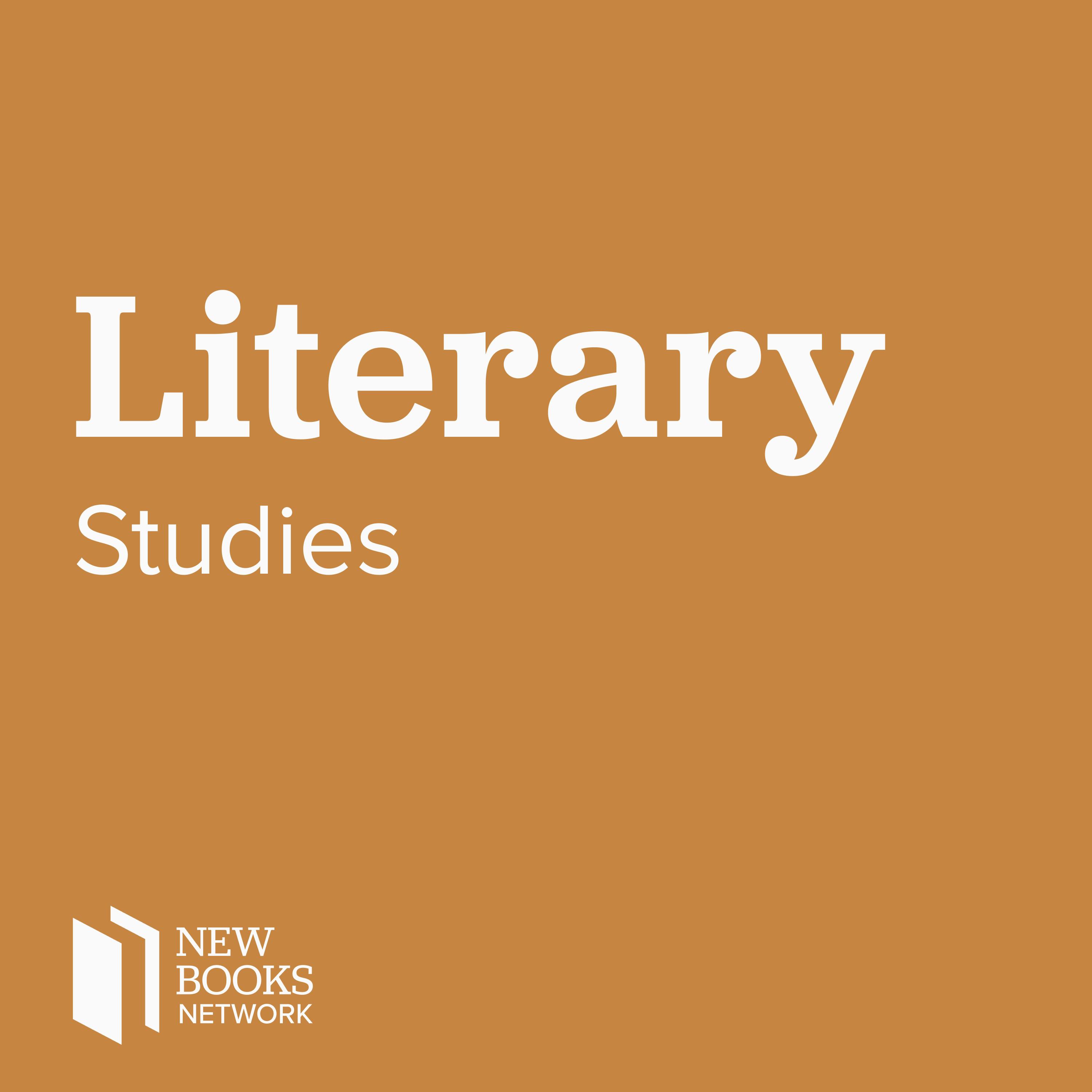
Susan Stewart, "The Ruins Lesson: Meaning and Material in Western Culture" (U Chicago Press, 2020)

New Books in Literary Studies
Shownotes Transcript
How have ruins become so valued in Western culture and so central to our art and literature? Covering a vast chronological and geographical range, from ancient Egyptian inscriptions to twentieth-century memorials, Susan Stewart seeks to answer this question as she traces the appeal of ruins and ruins images, and the lessons that writers and artists have drawn from their haunting forms.
Stewart takes us on a sweeping journey through founding legends of broken covenants and original sin, the Christian appropriation of the classical past, and images of decay in early modern allegory. Stewart looks in depth at the works of Goethe, Piranesi, Blake, and Wordsworth, each of whom found in ruins a means of reinventing his art. Lively and engaging, The Ruins Lesson: Meaning and Material in Western Culture)* *(U Chicago Press, 2020) ultimately asks what can resist ruination--and finds in the self-transforming, ever-fleeting practices of language and thought a clue to what might truly endure.
John Yargo)* holds a Ph.D. in English from the University of Massachusetts Amherst. His specializations are early modern literature, the environmental humanities, and critical race studies. His dissertation explores early modern representations of environmental catastrophe, including The Tempest, Oroonoko, and the poetry of Milton. He has published in Studies in Philology, The Journal for Early Modern Cultural Studies, and Shakespeare Studies.*
Learn more about your ad choices. Visit megaphone.fm/adchoices)
Support our show by becoming a premium member! https://newbooksnetwork.supportingcast.fm/literary-studies)